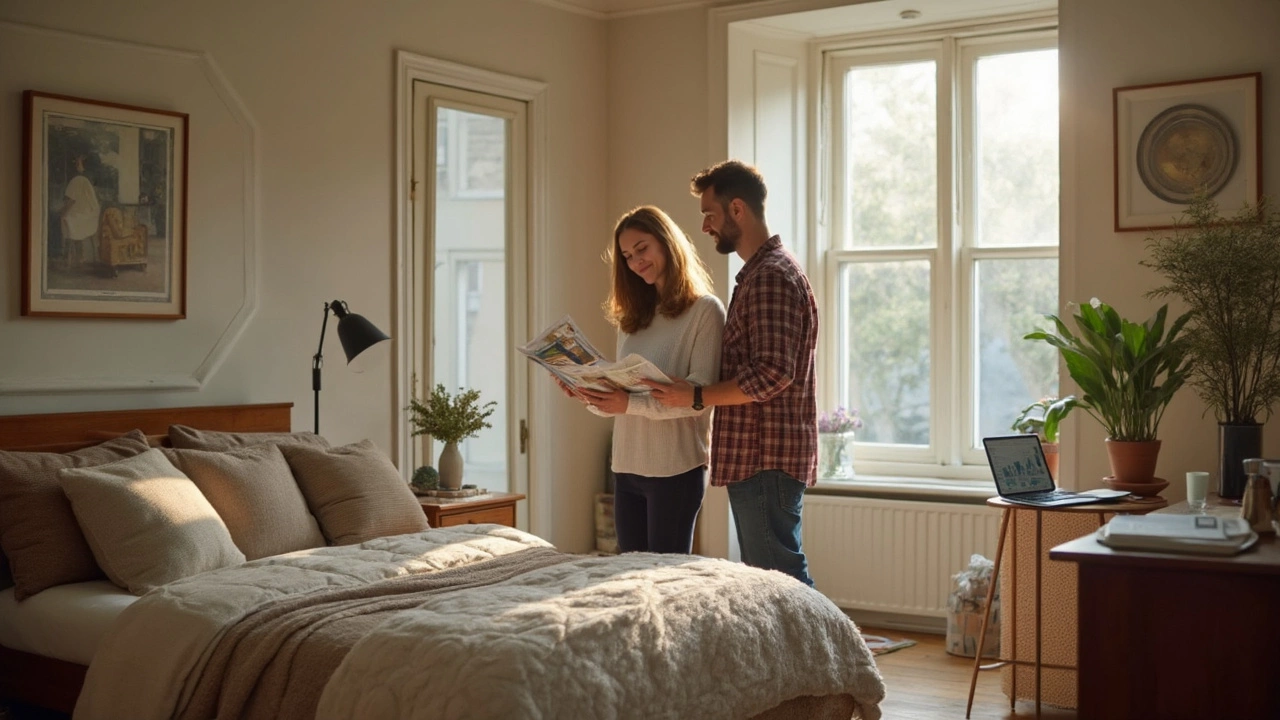Bedroom Furnishing Cost – A Real‑World Guide
Thinking about a new bedroom but worried about the price tag? You’re not alone. Most people underestimate how quickly costs add up – from the bed frame to the smallest nightstand. This guide breaks down the typical expenses you’ll face in the UK and shows you where to stretch your budget without sacrificing style.
Breaking Down the Main Expenses
First, list the core items: bed frame, mattress, bedside tables, dresser or wardrobe, lighting, and any décor like rugs or art. A solid timber bed frame can run £200‑£800, while a mid‑range upholstered frame sits around £350‑£1,200. Mattresses are a surprise driver of cost; a decent memory‑foam model costs £300‑£800, but a budget foam can be under £150.
Nightstands are often overlooked, yet they add up. Simple wooden tables start at £40, while designer options exceed £250. Dressers or wardrobes are where many overspend – a basic two‑drawer dresser may be £120, but a built‑in wardrobe can easily top £1,000. Lighting varies: a stylish pendant or wall lamp is £50‑£200, while a full ceiling fixture might be £150‑£400.
Don’t forget soft furnishings. A quality rug can range £80‑£400, depending on size and material. Wall art, cushions, and throws are easy add‑ons that can push the total another £100‑£300. When you add everything together, a full bedroom refresh usually lands between £1,200 and £3,500.
Saving Strategies and Smart Sources
Look for local artisans or boutique shops like Rustic Social – they often have handcrafted pieces that cost less than big‑brand equivalents because they skip the middleman. Check out clearance sections, especially after seasonal sales; you can snag a solid wood dresser for half price.
Second‑hand is a goldmine. Websites like Gumtree, Facebook Marketplace, and local charity shops regularly list bedroom sets in great condition. A refurbished wooden bed frame can be as low as £120, and you often get a quality mattress for the same price as a new budget model.
Mix and match materials. Pair a cheaper metal frame with a higher‑end mattress, or combine a vintage nightstand with a modern dresser. This creates a layered look and helps you keep the overall spend down.
Finally, calculate a realistic budget before you shop. Write down each item, set a maximum price, and stick to it. Adding a 10% contingency for unexpected costs (like delivery fees) keeps you from overspending.
Bottom line: you can create a stylish, comfortable bedroom for under £2,000 if you prioritize the essentials, hunt for deals, and aren’t afraid to blend new and pre‑loved pieces. Use this guide as your checklist, and you’ll know exactly where every pound goes. Happy decorating!
Bedroom Furnishing Costs: How Much Should You Actually Spend?
Planning to furnish your bedroom? Find out how much you should really spend, smart budgeting tips, and the must-have essentials for every style.
More
